How the Supreme Court Works Today
In this unit we examine the process by which the Supreme Court selects cases to review. Unlike most courts, the Supreme Court has almost total control over its docket. This means that litigants who lose appeals must convince the Court that there are important reasons for the Court to take its case. (That the decision below is erroneous is almost never sufficient to get cert granted). Chapter 1 discusses what the justices look for in deciding what 1% of cert petitions it will grant for full consideration.
Once the Court has docketed the case, it follows what is often a lengthy process to decide the case: setting a briefing schedule, conducting oral argument, discussing the case at a conference (known as “conferencing the case”), deciding who will write the Court’s opinion, and revising the opinion and drafting concurrences and dissents before the decision is finally announced at a formal session of the Court. Chapter 2 also introduces the various analytical frameworks the Court uses to justify its decisions, giving special attention to originalism. It ends with a discussion of how the Court handles applications for emergency stays of government actions, a process that in the last decade has come to be known as the “Shadow Docket.”
Chapter 3 explains the assignments that the author uses for his undergraduate classes on this subject. These are an oral argument on a pending case–ideally one on which the Court has granted certiorari–and a formal opinion on that case. The chapter includes a formula for the preparation of an 8-10 page opinion that will give the students practice in understanding the craft of what judges do when judging: apply a body of law to a specific factual situation.

